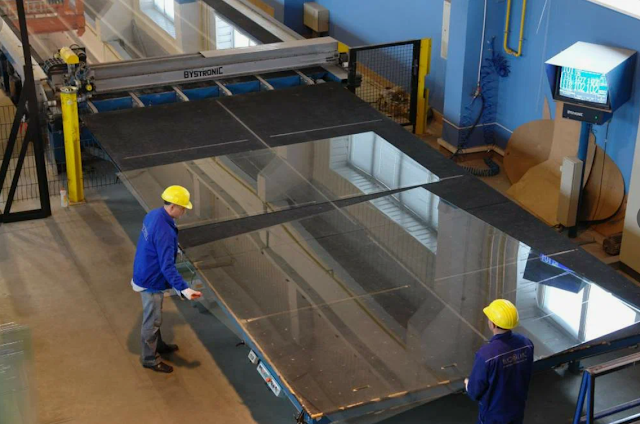Glass manufacturing is a fascinating intersection of art and science, encompassing a wide range of techniques, processes, and materials that have evolved over centuries. This comprehensive overview will delve into the main aspects of glass manufacturing, from its historical context to notable advancements in the field.
Historical Context
The history of glass manufacturing dates back to ancient civilizations such as Mesopotamia and Egypt, where glass was first produced around 3500 BCE. These early forms of glass were often used for jewelry and small decorative items. The Romans further advanced glassmaking techniques, leading to the widespread use of glass for vessels and architectural purposes. During the medieval period, the art of stained glass gained prominence in Europe, showcasing the artistic potential of glass manufacturing.
Techniques and Processes
1. Batch House
- Raw Materials: The primary ingredients for glass production include silica sand, soda ash, and limestone, which are carefully measured and mixed in the batch house.
- Melting: The raw materials are fed into a furnace and melted at high temperatures, typically ranging from 1500 to 1600 degrees Celsius.
2. Glass Forming
- Blowing: One of the most iconic techniques, glassblowing involves shaping molten glass by blowing air into a gather of glass on the end of a blowpipe.
- Pressing and Molding: Glass can also be formed by pressing it into a mold or shaping it through various molding techniques.
3. Annealing
- Cooling: Once the desired shape is achieved, the glass is gradually cooled in a process called annealing to relieve internal stresses and strengthen the glass.
4. Finishing
- Cutting and Polishing: Glass products may undergo cutting and polishing to achieve smooth edges and intricate designs.
- Coating and Decoration: Additional processes such as coating, etching, or painting may be employed for decorative or functional purposes.
Materials
- Silica: The primary component, derived from sand, provides the glass with its basic structure and strength.
- Soda Ash: Lowers the melting point of silica, making it easier to work with.
- Limestone: Acts as a stabilizer and enhances the durability of the glass.
Notable Advancements
1. Float Glass Process
In 1959, the float glass process revolutionized the industry by enabling the mass production of high-quality flat glass, which is now used in windows, mirrors, and architectural applications.
2. Automated Manufacturing
Advancements in automation and robotics have significantly improved efficiency and precision in glass manufacturing, leading to higher production yields and consistent product quality.
3. Specialty Glasses
The development of specialty glasses with unique properties, such as Gorilla Glass for electronic devices and fiber optics for telecommunications, has expanded the applications of glass in modern technology.
Conclusion
The art and science of glass manufacturing continue to evolve, blending tradition with innovation to produce a wide array of functional and artistic glass products. From ancient artisanal techniques to cutting-edge automated processes, the industry's rich history and ongoing advancements underscore the enduring significance of glass in our daily lives.





0 Comments